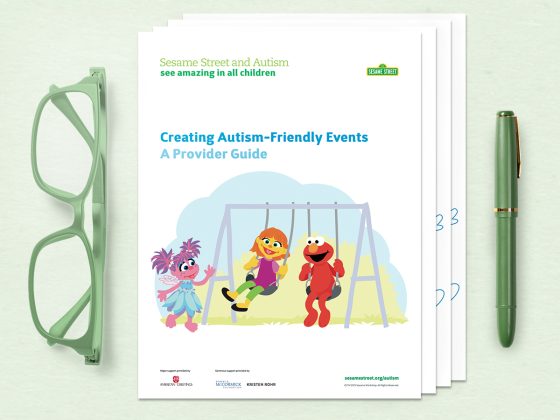
Creating Special Times for Everyone
A complete guide with expert advice for helping providers host successful autism-friendly events.
- Introduce the Provider Guide. Walk through the guide, giving an overview of its components:
- Tips and suggestions on making a welcoming space
- Ideas for activities for all children, including autistic children
- Suggestions for explaining autism to neurotypical and autistic children
- Simple crafts for autistic children
- Autism-friendly coloring activities
- Break into groups. Invite providers to discuss challenges they have faced with the children they care for, and how they met them—or didn’t meet them. Share ideas for possible solutions.
- If there is time, brainstorm additional autism-friendly activities, community-event ideas, and other ways to create an inviting and welcoming atmosphere for families with and without autistic children. Discuss ways to encourage volunteers and wider community participation.
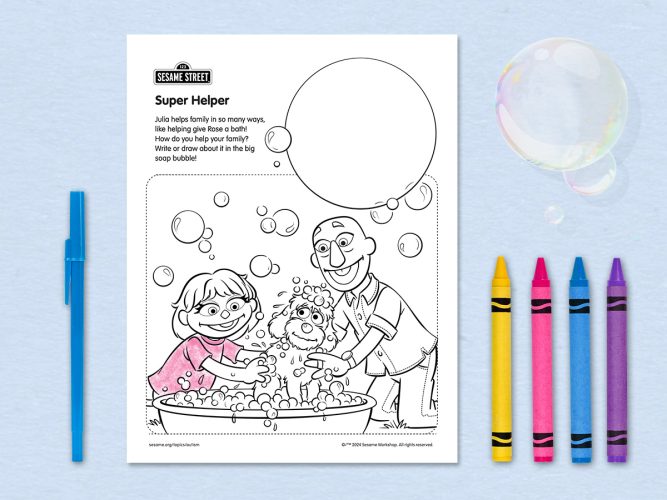
Super Helper
Finding ways to help their family can be a great way for autistic children to build skills and pursue goals. Download and share this autism-friendly coloring activity.
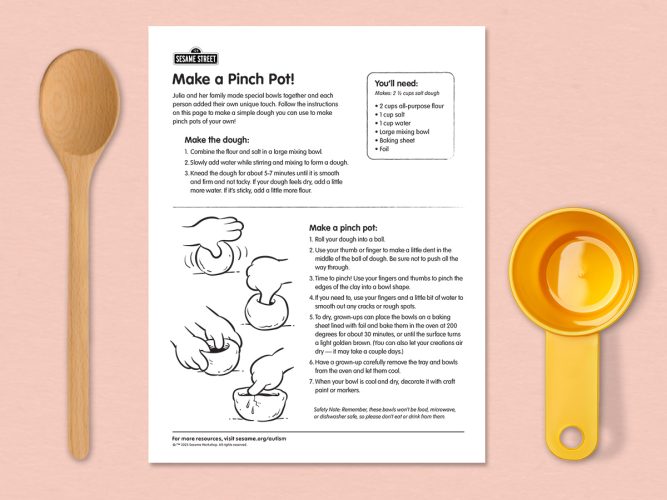
Make a Pinch Pot!
Simple craft instructions to help your family make pinch pots from homemade dough together.
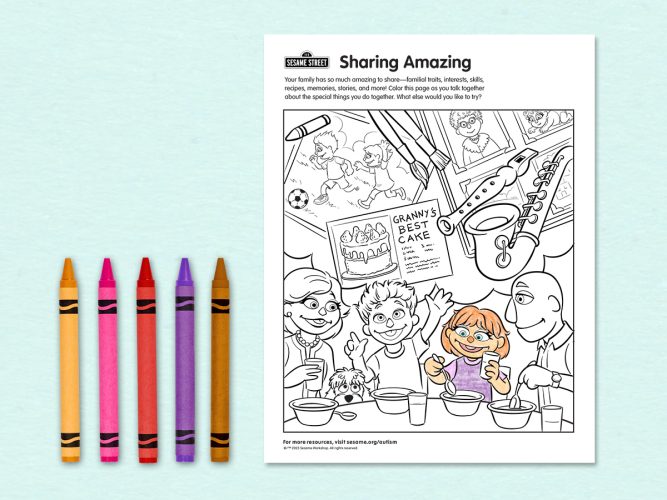
Sharing Amazing
An adult-child coloring page to spark ideas and connection.
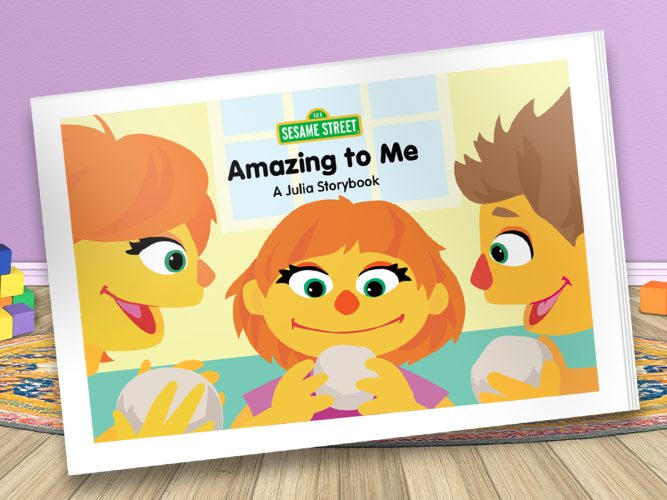
Amazing to Me
When Julia and her family do a special art activity together, Julia finds a way to add her own amazing touch!
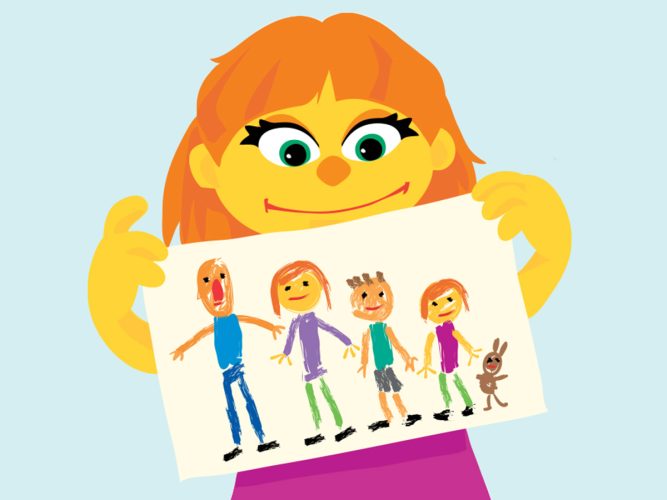
Autism and the Arts: A Conversation on Creativity and Community

Exploring the Amazing in Autistic Children: A Conversation with Camille Proctor, Founder of The Color of Autism Foundation
An article to help parents discover and support their autistic child’s unique perspective and personality
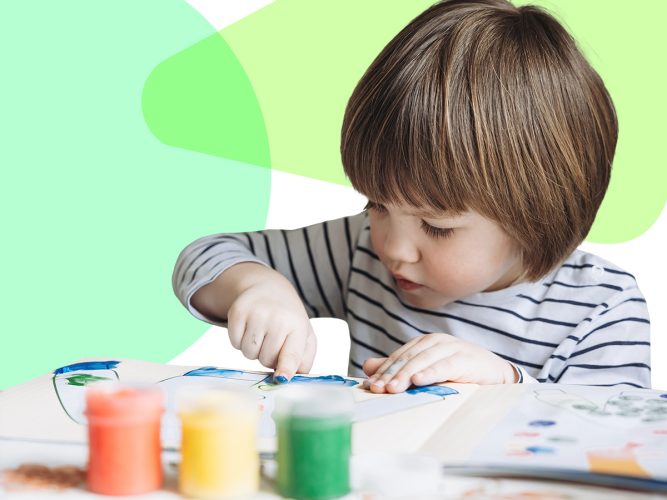
Creative, Talented, Amazing: A Conversation with Anna Wang, Co-founder of FCSN, about fostering autistic children’s talents
An article to help parents foster creative exploration and expression in their autistic child.
